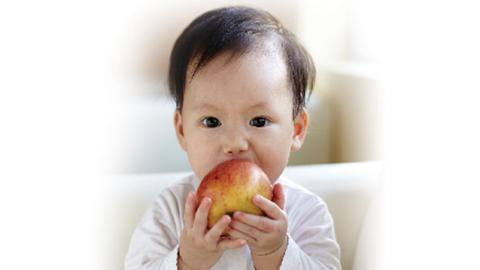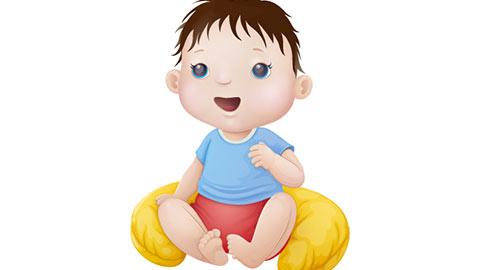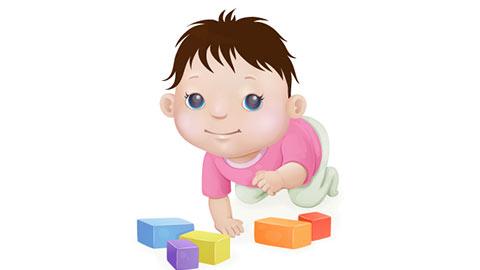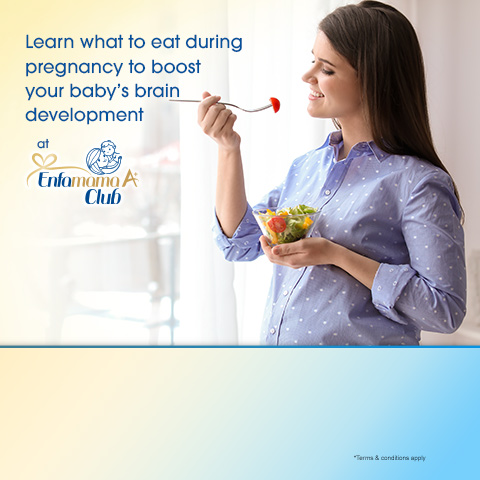Artist, fashion designer, musician and super mum Ginette Chittick tells us how to incorporate art into playtime.
Did you know that art encourages all-rounded education and development for children1? David A. Sousa, an international consultant in educational neuroscience and author of book "How the brain learns", also found that much of what children do as play engages all senses and wires the brain for successful learning2. A child’s growth not only depends on important factors such as having the right nutrition and stimulation, activities like making and enjoying others’ art also contributes to the overall development of the child3.
Introducing art and craft during playtime can be easy and fuss-free. Read on as Ginette Chittick, mum of one and lady of many hats (think lecturer at LASALLE College of the Arts, fashion designer, musician and artist) shares her journey with her daughter Luella, and some great tips on how to incorporate art into play.

"From a young age, I've always loved singing and it helped that my dad always encouraged me to visualize scenarios and make up stories in the tunes and songs that I sing. It has definitely influenced the way I interact and teach Luella, who has a great imagination and loves engaging in play-pretend."
Colours and shapes
Between ages 9 - 12 months, babies' physical development allows them many different opportunities to play and move. Their hand-eye coordination and fine motor skills are also maturing, and they become fascinated with learning about objects4.
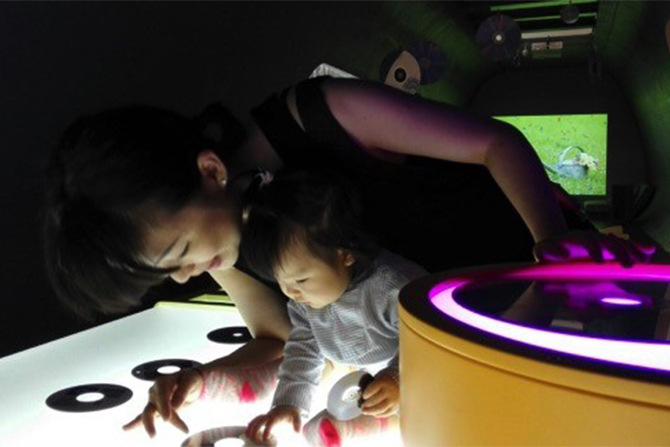
To teach Luella about shapes, Ginette sketched three baskets and prepared 10 cut out sets of 3 shapes in different colours for Luella to paste using starch glue. "I let Luella sort them out one-by-one and paste them in the appropriate basket, to let her differentiate what shapes belong together and what shapes are different," says Ginette.
With colours, Ginette uses a descriptor in different ways so as to help Luella better understand the concept of colours. "When showing Luella a purple flower, I would say: Look at that purple flower! Its colour is purple. This flower is purple in colour. This is to help her understand my point in a few different ways and reinforces the concept of colour."

"Introducing these art and visual stimulations has brought about many benefits to Luella. I noticed that Luella speaks really well for her age and she can already identify light and dark tones of colour easily. She can also identify her shapes really well! Encouraging Luella to imagine what her paintings and creations are have also helped with her creativity! We have drawn butterflies, peacocks, elephants and even waterfalls during play time together."
Fun and meaningful "art-ivities"
"Drawing and painting during bath times is one of the best ways to incorporate some messy fun with your baby. I get non-toxic washable crayons and paint for Luella to doodle on the bathroom walls and she gets all the creative freedom to express herself, without me having to worry about cleaning up a huge mess after!"

Parents can also opt to get their children to paint wrapping paper to be used for gifts. Ginette got a ream of paper from Ikea's children's department and she would let Luella paint on the paper in the toilet before bath time. This then becomes an exclusive piece of wrapping paper designed specially by Luella, and it makes for a meaningful gift for both Luella and the receiver of the gift.
"I strongly encourage parents to use art and music to stimulate their babies' senses. It definitely opens up a whole new world of possible activities one can design for your child during playtime."
Support your child's continuous learning moments
While engaging in art and craft can be a fun way to teach children basic concepts, nutrition also plays an important role in helping your child's continuous development.
Believe it or not your brain is made up of fats – a lot of it! At a basic cell level, fats and fatty acids help build the brain, eyes and central nervous system of your developing baby. DHA and ARA are two specific types of long-chain fatty acids which are critical to this healthy development. DHA and ARA are important building blocks of brain and eye development.
Like to have more bonding activity ideas? Join Enfamama A+ Club to learn more.
References:

